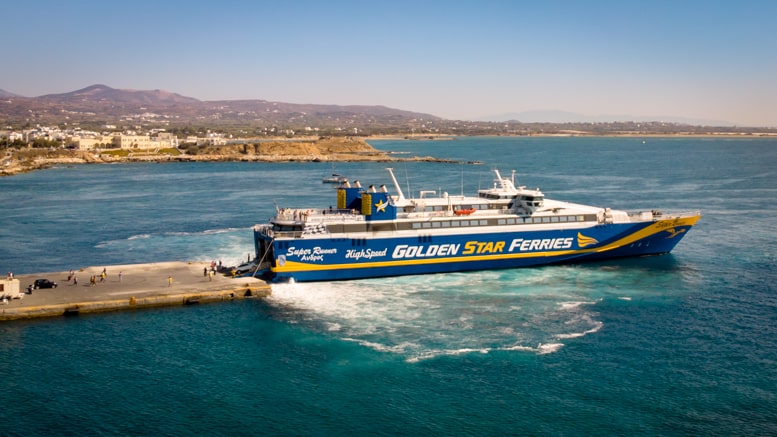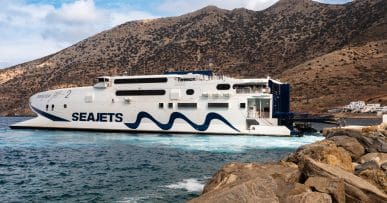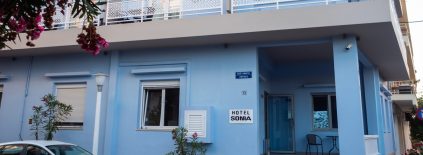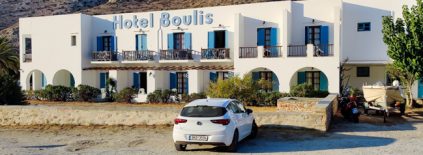Following on from my recent post on booking ferries in advance, I thought it was worth exploring how to plan trips that involve ferry crossings. It’s not complicated but seems to throw up regular questions on the TripAdvisor Greece forums, so it may be useful to some visitors.
If it wasn’t obvious, the first thing to know is that ferries operate on fixed routes, typically starting and finishing at either Piraeus or Rafina on the mainland. Their routes are long loops, with one or more stops on several islands along the way – much like a bus has several stops as it travels through a town or city. To get from one island to another, you must ensure a ferry route connects them. Otherwise, you have to make indirect journeys via other islands, which adds time and cost to the trip.
For this reason, it pays to plan your holiday with the ferry routes in mind. One of the reasons the Cyclades are so popular is the number of ferries that operate routes between the islands, making it easy to get from place to place on the days you want to travel.
There are a few websites I use to check itineraries and ticket prices. I’m not affiliated with any of them, so feel free to find alternatives if you prefer:
FerryHopper
Website: FerryHopper
Their website has a great interactive map feature where you can click on an island and see all the direct links available. You can also use their booking widget below to start a direct search:
GTP
Website: https://gtp.gr/RoutesForm.asp
This is a Greek-operated site and always seems to have accurate ferry schedules. You must enter the islands you want to go between and the date you want to travel. It will tell you if no ferries operate that route, or if they do, it lists the times available but doesn’t include prices.
DirectFerries
Website: https://www.directferries.co.uk/
This UK-based site has a similar search process as GTP, but the results include prices (in GBP or EUR), which is useful for comparing the cheaper vehicle ferries with the fast catamarans. However, I have found that they occasionally list no longer active schedules, so I tend to cross-reference their results with GTP to be confident they’re accurate.







Comments (2)
Pingback: Day 24: Cutting Tilos Short - Greece Travel Guide
Pingback: Greek Ferry Travel - Updated for 2023 - Greece Travel Guide